Understanding Blackjack Odds: Full Guide for UK Players
KingCasinoBonus receives money from casino operators every time someone clicks on our links, influencing product placement. The compensation we receive does not impact our recommendation, advice, reviews and analysis in any way. Our content will always remain objective, independent, straightforward, and free from bias.
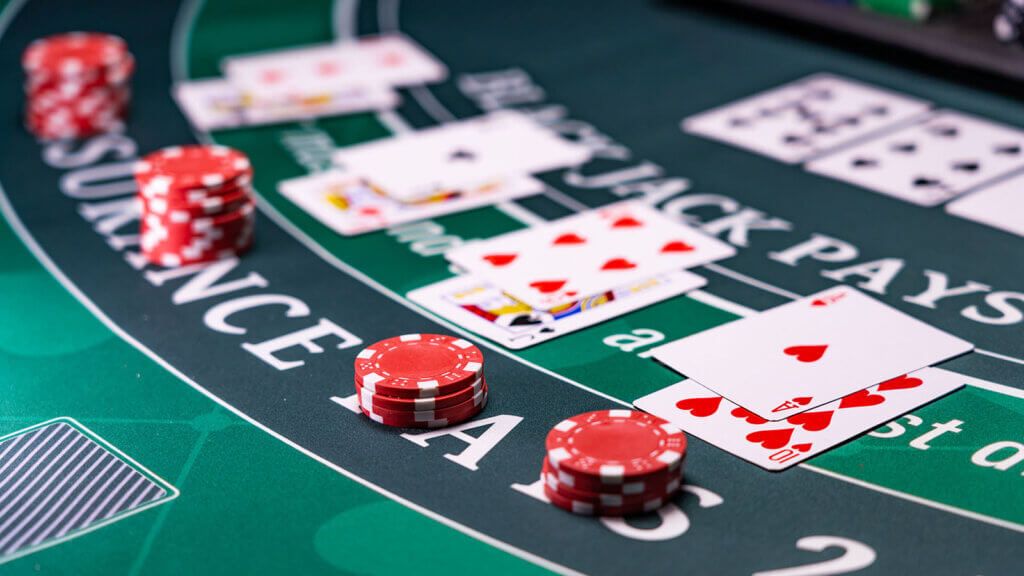
Want to learn the math behind a Blackjack game? Discover how blackjack odds and probabilities influence games and gain a consistent understanding of how your skill can improve your chances of being closer to 21 than the dealer.
On this page
Blackjack Odds & Probability: How Do They Differ?
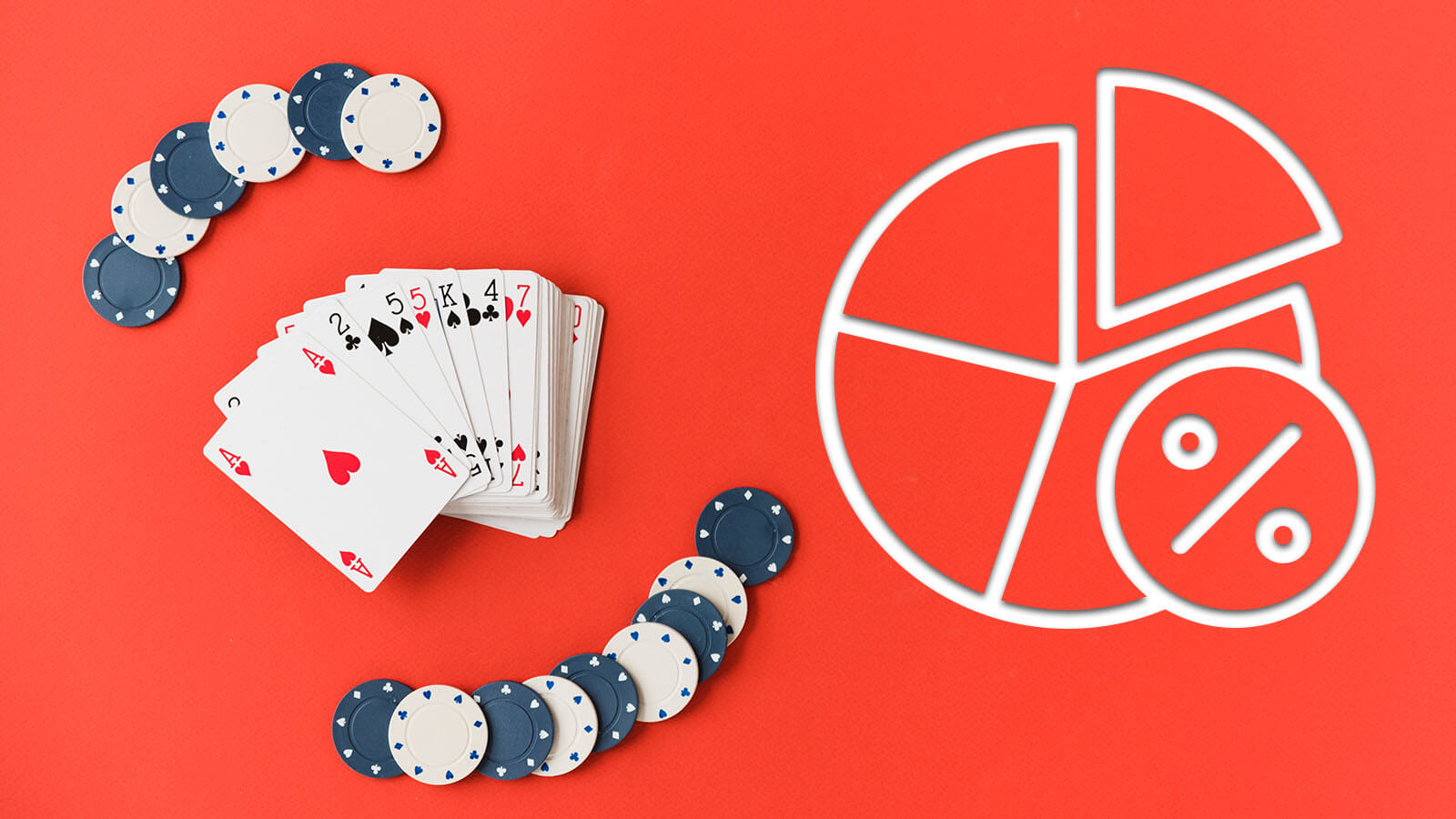
The key difference between the two is that calculating blackjack probability considers all potential results of a hand or round.
On the other hand, calculating odds relies on comparing the number of wanted outcomes against the number of possible undesired outcomes.
How Do Blackjack Odds Work?
To calculate the odds of any given event, you need to compare the desired outcomes of a particular event to the number of unwanted outcomes. As far as blackjack odds are concerned, this same theory applies to each hand that you play. The odds of having a victorious round in this game are 42.22%.
To calculate the odds for your hand, use the formula: O = Y / (1 – Y), where ‘O’ stands for odds, ‘Y’ is the number of desired outcomes, while ‘1’ should be substituted with the number of total possible outcomes.
To simplify this formula, you can write it as a fraction that contains the number of wanted outcomes on the top and the total number of possible outcomes on the bottom. So, if there are 5 desired outcomes and 10 total possible outcomes, the odds are 5/10 or a simplified 1/2.
These odds apply to both brick-and-mortar establishments and games you can play at online blackjack casinos. For safety reasons, when playing online, it would be safe for players to only gamble on experts’ top online casinos authorised by UKGC.
How Does Blackjack Probability Work?
Probability is a mathematical process determining how likely an event is to occur. To make this calculation, consider the number of possible results and the number of times the result can potentially happen.
The way that blackjack probability differs from odds is in the fact that with the probability formula, you can calculate which outcome out of two is more probable. For example, you can calculate whether it is more probable that you will have the winning hand or the dealer.
The formula for probability is as follows: P(A) = n(A) / n(S)
In it, ‘P’ stands for probability, ‘A’ means desired outcome, ‘S’ means total possible outcomes, and ‘n’ shows how often the result can occur. Keep in mind that ‘n’ is always a positive number.
A natural blackjack is the occurrence of getting the first two cards that total up to 21 points. When it comes to hitting a so-called natural blackjack, the probability numbers are as follows:
P = 1.20663% in the case of a 1-deck game and P = 1.19492% in the case of a 2-deck game.
What Is the Blackjack House Edge?

The blackjack house edge is the mathematical advantage betting establishments have over wagerers. This percentage guarantees a gross profit over time for the gaming establishment.
When it comes to blackjack, you can expect a casino advantage of 0.5%. In simple terms, this means that if you were to bet £100, you would lose £0.50. That way, the casino profits £0.50 from every £100 bet you make. However, this is only a theoretical number.
The blackjack RTP percentage informs the house percentage and vice versa. So, if you calculate the house edge to be 2%, then the RTP for that game is 98%. Likewise, if you calculate a return-to-player percentage of 98.54%, the blackjack house edge percentage will total 1.46%.
When wagering on the classical version of this game, you can expect a house edge of 2%. On the other hand, if you decide to go for Strip Vegas Blackjack, you can expect an average house edge of around 0.36% due to its rules. According to the casino’s given advantage, it is decided how many decks the blackjack game will be played with.
What Is the Probability of a Bust in Blackjack?
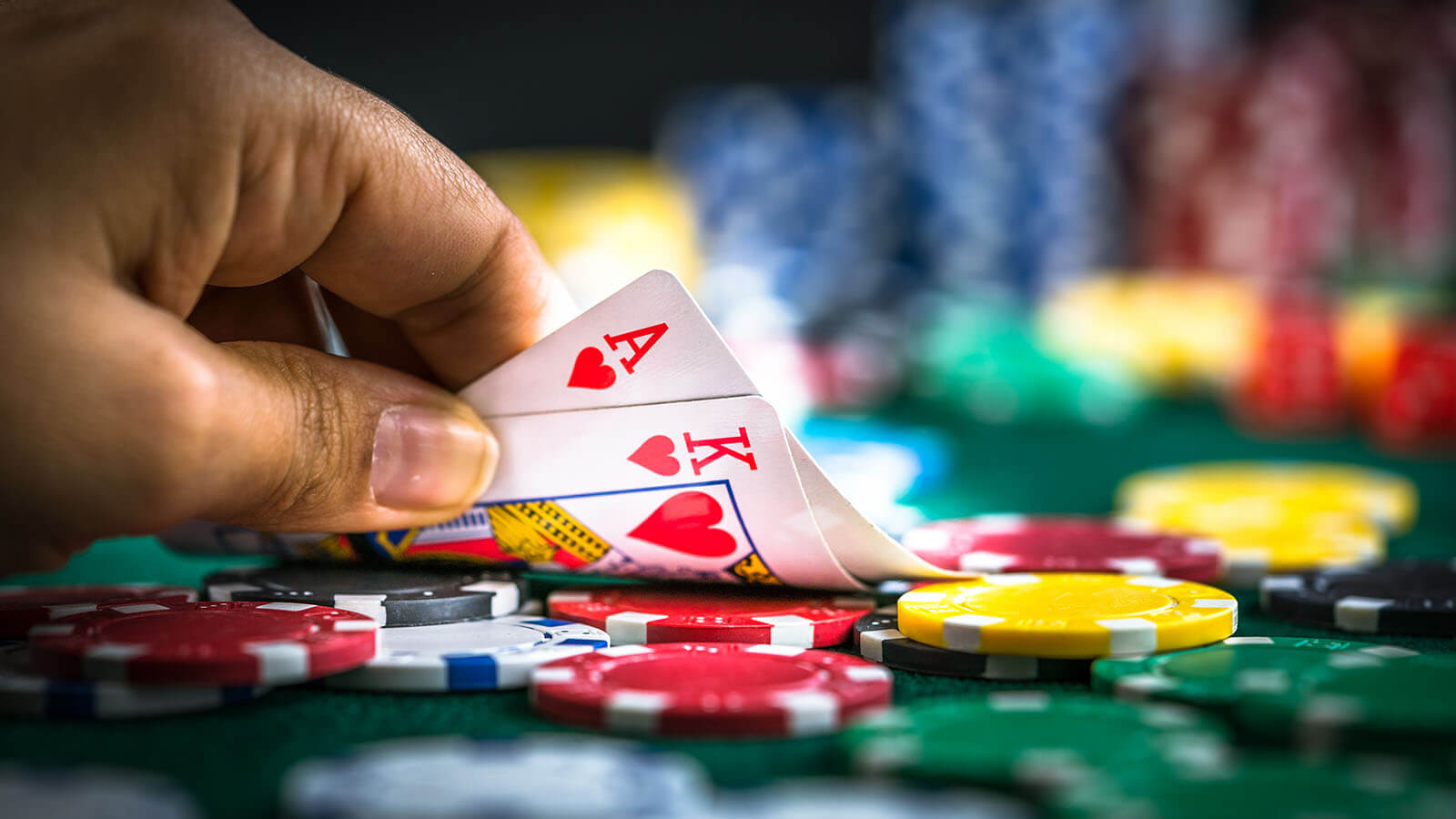
Busting in blackjack refers to the concept of surpassing 21 or losing the hand. Bust probability is the calculation of the probability percentage for busting a particular hand. As the croupier deals with the first card, each individual card carries its own bust probability.
Being aware of this probability percentage and being able to calculate it may turn your blackjack game from one of chance to one of skill. Calculating the bust probability can help you understand the game on its profound level.
For the Player
| Hit card number | Chances of busting |
|---|---|
| 11 or less | 0% |
| 12 | 31% |
| 13 | 39% |
| 14 | 56% |
| 15 | 58% |
| 16 | 62% |
| 17 | 69% |
| 18 | 77% |
| 19 | 85% |
| 20 | 92% |
| 21 | 100% |
For the Dealer
| Hit card number | Chances of busting |
|---|---|
| 2 | 35.30% |
| 3 | 37.56% |
| 4 | 40.28% |
| 5 | 42.89% |
| 6 | 42.08% |
| 7 | 25.99% |
| 8 | 23.86% |
| 9 | 23.34% |
| 10 | 21.43% |
| Ace | 11.65% |
How Blackjack Probabilities Are Calculated
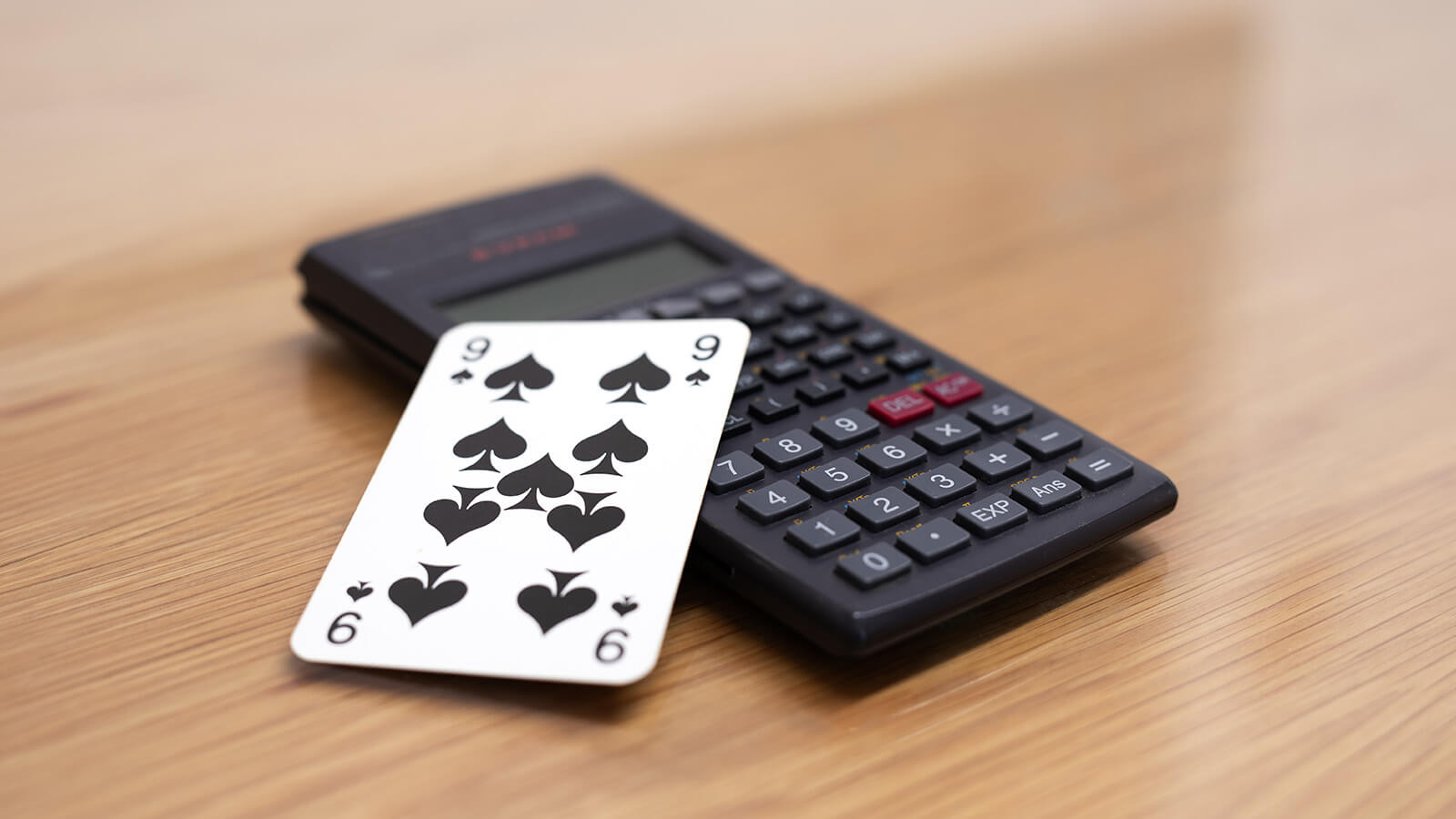
There are many alternatives to calculating odds. You could calculate the odds for each hand, or you could calculate the odds for the entire game. Yet, you should remember that there are several factors influencing the odds.
- Soft Hands: Those in which you have an Ace in your hand. This is the most favourable option for you as a player, as it means you cannot bust by hitting. If you have an Ace in your hand, you can adjust its value according to the next card that you are dealt. For example, if you have an Ace in your hand and get a 9 by hitting, you have 2 options. You can count the Ace as 1, which means you now have 10, or you can count the Ace as 11, which means you have 20.
- Hard hands: The ones in which you do not have an Ace, or if you do have it, you must count it as 1 so that the total number doesn’t exceed 21. Hard hands carry a much more significant risk of busting, but they also carry a bigger win opportunity. So, if you have a 10 or an 11 in your hand, you can choose to hit or stand. In this case, you should pay close attention to the dealer’s hand.
3:2 vs 6:5 Blackjack Odds – What’s the Difference?
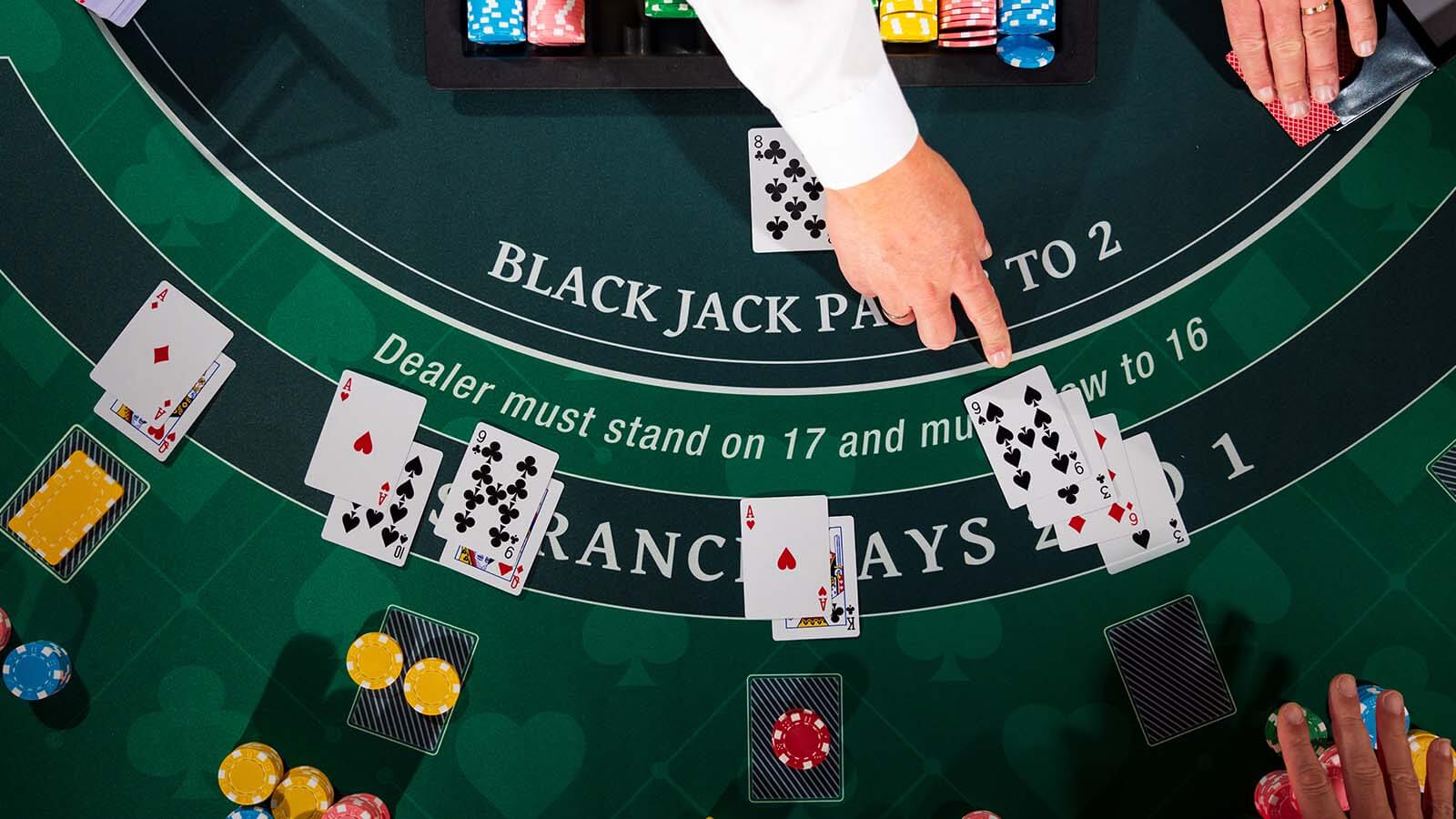
The biggest difference between these two blackjack odds is the winning payout percentage. If you play a 3:2 blackjack game, you can theoretically win £3 for every £2 you place as a bet.
On the other hand, if you opt for a 6:5 game, you win £6 for every £5 that you bet. While the 3:2 option gives you access to bigger potential wins and higher frequency, it can also lead to much bigger losses. Alternatively, if you opt for the 6:5 option, you can expect a lot of entertainment at the expense of worse winning odds.
3:2 Blackjack Odds
3:2 odds in the blackjack game are the most common odds amongst blackjack tables, both land-based and virtual, because they are so player-friendly.
These odds enable you to get a payout ratio of 1.5:1, which means you get £1.50 for every £1 you bet. For example, if you were to bet £100 and win, then by the 3:2 odds, you would receive £150. Thanks to these odds, the money you win can start accumulating quickly.
Moreover, 3:2 tables in blackjack are great for players who prefer progressive and aggressive betting strategies. This is because the wins accumulate much more quickly than they do on 6:5 tables.
6:5 Blackjack Odds
6:5 odds in the game of blackjack are a relatively new development in the casino world. They are an attempt by the operator to create more of a house edge than there is at 3:2 tables.
That is why 6:5 odds have a 1.2:1 ratio, which pays less than the other option. So, if you were to bet £100 on a 6:5 table and win, then you would receive £120 in return. This may seem like a slight difference at first. However, these bets, wins, and losses all start accumulating, and the disparity grows.
Though 6:5 blackjack tables are not that common, you can use them to practice your skills and strategies when you find them. They are better suited for lower bets, which are perfect for rookies and recreational players.
Can Betting Strategies Improve Your Blackjack Odds?
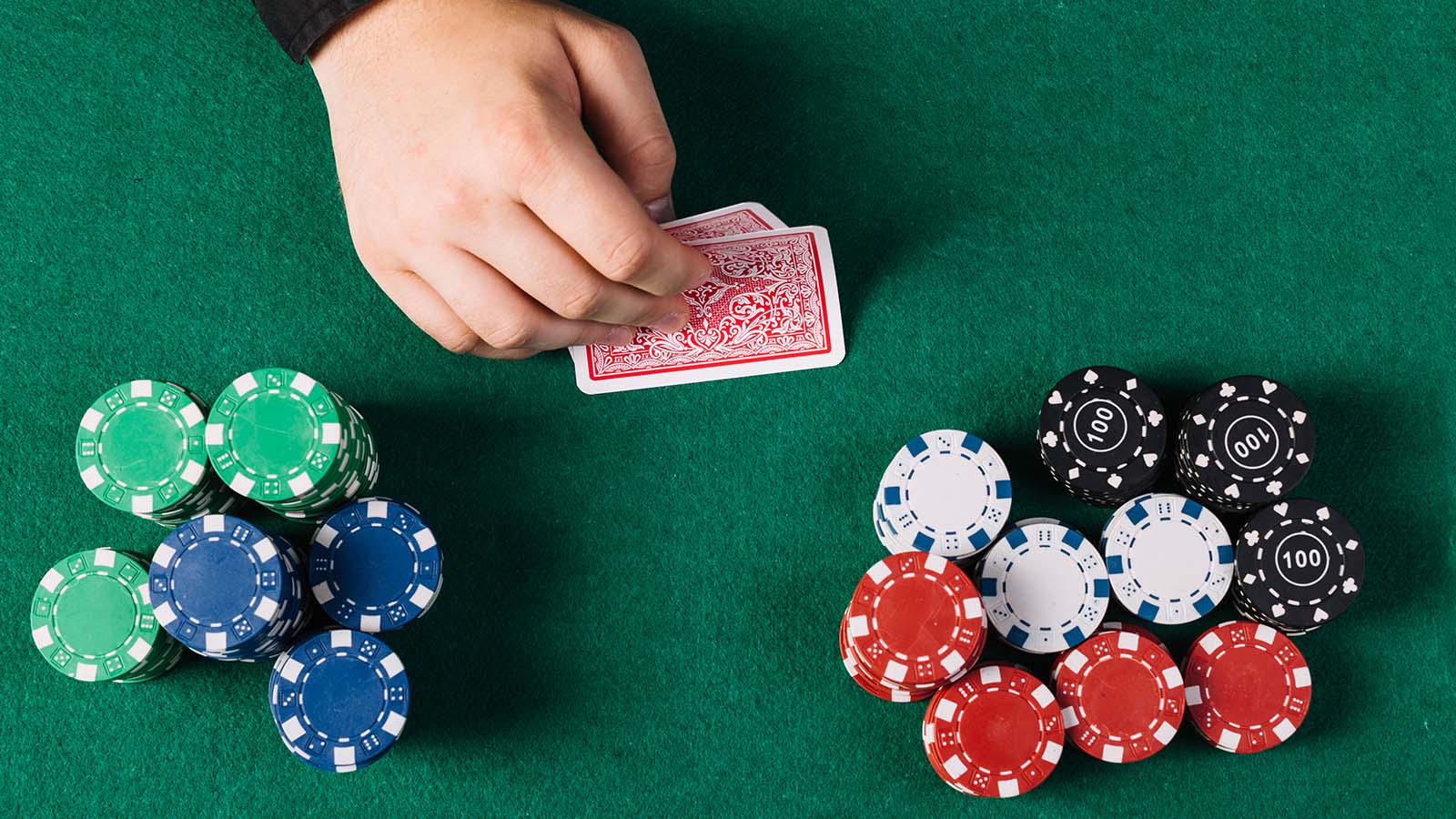
Whether you are an experienced blackjack player or just starting to get into this gambling adventure, there is plenty to learn and develop certain strategies that can improve your odds at a blackjack table.
Your options range from the basic strategies to improve your odds to strategies designed to trick the system. Hence, you should choose your betting system wisely. We also recommend using special blackjack promotions to test more of these strategies.
1. The Basic Strategy
The basic strategy is straightforward. You need to consider the number of decks in play and the cards already on the table. Once you have that information, you can make an educated decision about the hand you are playing, like when to hit in blackjack.
This strategy is based purely on cold, complex logic. For example, if you had 20 points in your hand, you would not hit, just like you wouldn’t stand if you had 6 points in your hand. That is where the basic strategy kicks in.
Not only does it consider your own cards, but it also considers the number of decks that the croupier is handling and all the other cards on the table. That will enable you to make an educated decision about your next step in that particular hand.
2. The Conservative Strategy
This strategy is not aimed so much at winning big on the blackjack table as it is aimed at managing your money. This approach to playing blackjack will enable you to stay at the table and have fun for much longer.
To apply this strategy, you must pick a lower-stakes table, ensuring you don’t risk too much money. You should only increase the bet when you win. That way, you risk the money you won instead of risking your money for a potential win.
For example, if the lowest possible bet is £10, start with that. When you win, increase your bet by 1 unit, which is £1. When you lose a hand, the conservative strategy dictates that you revert to the original bet.
3. The Aggressive Strategy
The aggressive strategy, also known as the Martingale approach, is the direct opposite of the conservative option. This is a blackjack betting strategy best suited to players who are willing to take significant risks and endure significant losses.
According to this strategy, doubling your next bet will enable you to recuperate from the previous loss, which is why it is known as the doubling-down strategy.
Due to its nature, this approach is more common amongst veteran blackjack players. For example, if you place £100 bet on a blackjack hand and lose, the Martingale approach suggests that you double down. That translates into placing a £200 bet on the following hand.
4. The 1-3-2-6 System Strategy
While the 1-3-2-6 system strategy is progressive by nature, it is far from being as aggressive as the Martingale approach. This strategy is based on the Paroli technique, and while it may seem complicated, it is pretty straightforward.
This strategy requires placing an even-money bet on the table. After that bet wins and doubles, you need to place another single-unit bet. Once that bet wins, you need to leave two units on the table. Finally, you must leave 6 units on the table for the last bet.
Putting those rules into numbers would go like this: place a £10 bet. Once that wins, you have £20 and need another £10 to have 3 units. When that bet doubles to £60, leave only 2 units- which is £20. If this bet wins and doubles to £40, you need to add £20 more to reach 6 units.
5. The Counting Cards Strategy
Though counting cards is illegal in many places, it is an entirely legal and legitimate strategy in the UK. This strategy is not based on memorising each dealt card so that you know what the remaining deck contains but rather on assigning values to the cards.
It is a strategy consisting of 4 distinct steps that are simple to follow. First, you must assign values to the cards by separating them into 3 categories (+1, 0, -1). Once you do that, you need to keep a running count based on the values of the dealt cards.
Furthermore, that running count of the cards’ value will enable you to calculate the so-called true count or count per deck. Simply put, you will know what value cards are left in the deck. Finally, you must adjust your betting practices according to the true count.